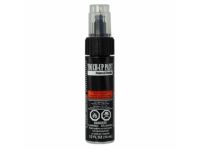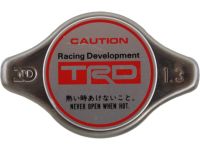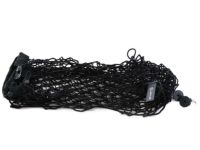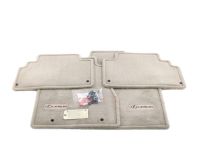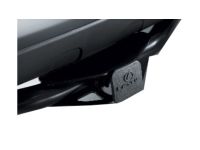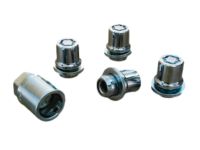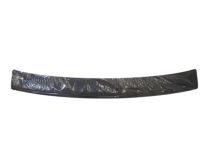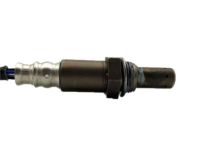- Hello
- Login or Register
- Quick Links
- Live Chat
- Track Order
- Parts Availability
- RMA
- Help Center
- Contact Us
- Shop for
- Lexus Parts
- Lexus Accessories


Why choose LexusPartsNow
- Excellent Customer Service
At LexusPartsNow.com, our staff is always dedicated to answering your questions you may have about ordering high-quality genuine parts. Also, our customer service team is there to help you easily search and order auto parts online since we want to save you time, money, and frustration.
- Unbeatable Prices
At LexusPartsNow.com, our OEM parts and accessories are discounted to offer you unbeatable prices online. With a discounted price you can get the same quality and reliability as OEM parts for less by purchasing parts and accessories for your repair or upgrade needs from LexusPartsNow.com.
- Fast Shipping
All our products at LexusPartsNow.com are on hand and ready to ship. We offer fast and affordable shipping so the parts you order can be delivered to you as soon as possible. With years of success and experience in this industry, let us exceed your expectations by telling you that our warehouses are strategically located across the US, so you won't have to wait long to get the part or accessory you ordered.
Popular Genuine Lexus RX330 Parts
- Engine/Fuel/Tool Parts View More >
- Power Train/Chassis Parts View More >
- Electrical Parts View More >
- Body Parts View More >
Shop Genuine Lexus RX330 Parts with LexusPartsNow.com
The Lexus RX330, a second-generation model of the luxury crossover Lexus RX series, offers a blend of sophistication and performance. As a luxury division of the global Japanese automaker, Toyota, Lexus is renowned for delivering premium vehicles, and the RX330 is no exception. Introduced in 2003, the RX330, standing for "Radiant Crossover," is a distinguished model that slots between the larger GX and smaller NX in the Lexus lineup. The model boasts a length of 186.2 inches and a width of 72.6 inches, providing ample cabin space enhanced by Walnut wood trim, dual-zone climate control, and a multi-level center storage console. Telescopic steering column and an optional 210-watt, 11-speaker Mark Levinson sound system further elevate the luxury driving experience. Safety is at the forefront of RX330's design, with eight standard airbags, Vehicle Stability Control, and an optional backup camera paired with the navigation system. The model earned a 'Good' overall rating in the IIHS frontal crash test and a five-star rating from the National Highway Traffic Safety Administration (NHTSA), testifying to its safety. Under the hood, the RX330 originally featured a 3.0L V6 engine, which was upgraded to a 3.3-liter 3MZ-FE for North American models, with innovative technologies such as the AFS and Dynamic Laser Cruise Control System. Initially, all models were assembled in Japan, with North American versions starting local production in September 2003. By 2006, the Lexus RX330 even included a front-wheel-drive option, showcasing the model's continuous evolution.
As an owner of a used luxury SUV like the Lexus RX330, it's important to understand common issues that might impact daily commuting, shuttling children, or weekend road trips. One major issue is the vehicle failing to start, often attributed to engine problems. Symptoms include a whining or rattling sound from a broken timing belt or drive belt, reduced power, acceleration and fuel economy, and overheating. These can result from faulty ignition coils, air filters, oxygen sensors, oil filters, or radiators. Braking and suspension failures are other areas of concern. Complaints range from poorly responsive brakes and spongy brake pedals to leaking brake fluid, often linked to the RX330's brake pad set and wheel cylinder repair kit. Suspension failures can be traced to faulty strut housing and wheel bearings. However, preventing these issues through routine maintenance is key. Remember that certain components, like the RX330's wiper blade, made of soft rubber but exposed to harsh weather conditions, should be replaced every six months for optimal visibility. Other parts requiring regular checks and replacements include the seat belt (especially if the pretensioner is activated), door lock, sunroof cable, hood cable, and emblem.
Choosing OEM parts guarantees top-tier quality and durability. They are carefully designed to adhere to the strict specifications of the official factory and undergo thorough quality control inspections during production, ensuring long-lasting resilience and an impeccable fit. Our website provides genuine Lexus RX330 parts at unmatched prices. Each of our OEM Lexus RX330 parts comes with a manufacturer's warranty, ensuring quality and peace of mind. Plus, we offer speedy delivery to get your vehicle back in prime condition in no time.
Lexus RX330 Parts Questions & Answers
- Q: What precautions and steps are involved in servicing oxygen sensors, including replacement procedures for both upstream and downstream sensors on Lexus RX330?A: Handle oxygen sensors with care as damage to the attached pigtail and electrical connector can render them useless. Avoid contaminants and cleaning solvents. For replacements, 2008 and later models have the air-fuel ratio sensor which is the upstream sensor, and the oxygen sensor, which is the downstream sensor. For four-cylinder models, disconnect the battery cable, locate the sensor in the exhaust manifold, disconnect the connector, and unscrew the sensor using an oxygen sensor socket. For V6 models, disconnect the battery cable, disconnect the sensor connector, raise the vehicle, and unscrew the sensor. Always apply anti-seize compound to the sensor threads during installation and tighten to the specified torque.
- Q: What is the function of the Positive Crankcase Ventilation (PCV) system and when should you consider checking and replacing PCV Hose and PCV Valve on Lexus RX330?A: The Positive Crankcase Ventilation (PCV) system reduces hydrocarbon emissions by directing blow-by gases and crankcase vapors into the intake manifold. Fresh air from the air filter housing mixes with these gases in the crankcase before exiting through the PCV valve. During idle and part-throttle conditions, blow-by gases flow through the PCV valve into the intake manifold, while fresh air is drawn into the crankcase. Over time, sludge buildup may reduce the system's efficiency and cause leaks. Regular checks and possible replacements of the PCV valve and hoses during routine maintenance are recommended.


































